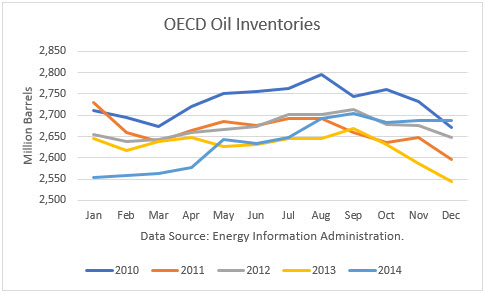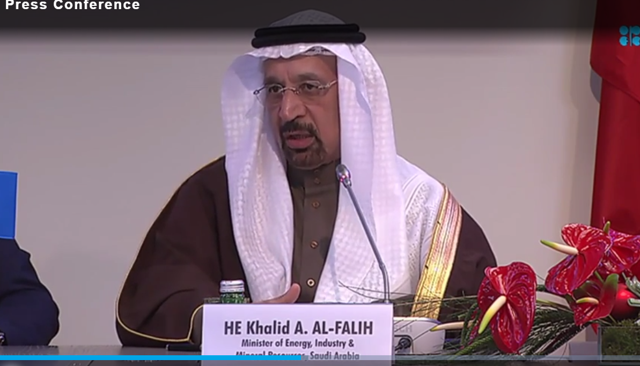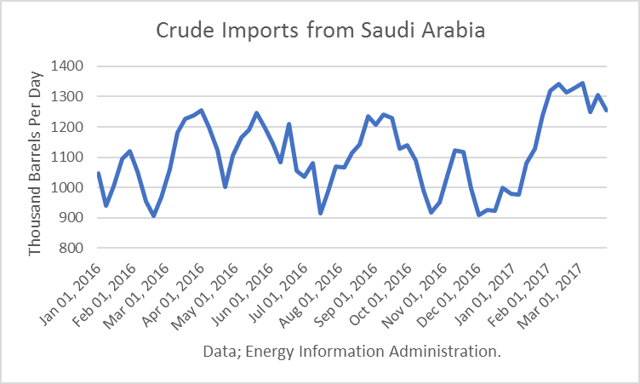
The historical stock build from December 2014 through July 2016, and subsequent decline from August through December has led some to conclude that global stocks had started to rebalance. Instead, the normal seasonality in stocks had been masked by the high overproduction of OPEC, but then normal seasonality kicked-in.
Global OECD inventories from past years demonstrate the normal seasonal patterns, with some variability. As shown in the graph below, stocks normal build early in the year and peak around August. Stocks normally drop from September through December.

But in 2015, the oversupply was so excessive that stock just kept building through the year. They finally peaked in July 2016, then dropped off due to normal seasonal demand. This normal pattern led to a false conclusion that the rebalancing of stocks had begun. Continue reading "Crude Oil Seasonality, Inventory Rebalancing and Production Cuts"


